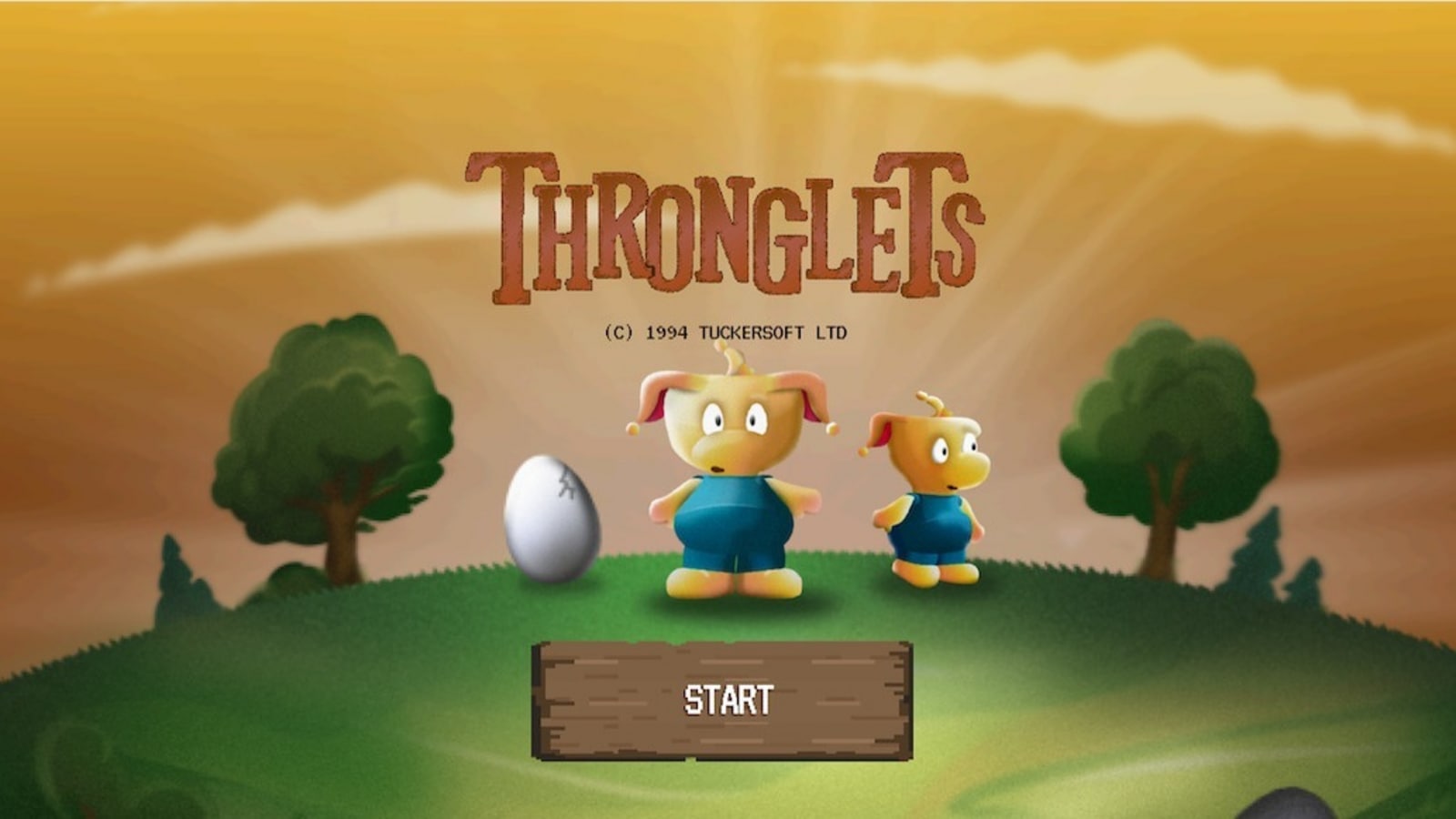Even if you’ve spent no time on TikTok, you probably have some idea of what’s happening there. Headlines about dance challenges, aesthetics (WitchTok! Cottagecore! Coastal grandmother!) and viral audio clips have proliferated over the last few years, each trend treated as a way to decipher the habits of Gen Z.
That tendency — to extrapolate ideas about a generation from, say, a group of teenagers trying to “hex the moon” — isn’t altogether misguided. The app has a large proportion of young users, and the acuity of its algorithm has made it hard for people to turn away from their feeds. Their attention and engagement have helped shape music, politics, retail and more.
At the same time, a lot of stuff posted on the platform is so goofy and weird that searching for meaning in it can feel downright idiotic — a truth that the Instagram account @favetiktoks420 seeks to hammer home in the surreal and stilted content it surfaces.
Most of the videos feature young men performing dance routines and skits about relationships and masculinity. In one, a teenage boy mimes a self-righteous retort to a dad’s sexist comments. In another, the star lip syncs while a stream of ketchup is poured directly into his mouth.
On TikTok, content like this may be understood as the tail end of a trend or a joke. As with other social media platforms, the app has its own language and grammar through which native users instinctively communicate. But removed from TikTok’s feed, their videos can seem off-puttingly, or alluringly, bizarre.
Leia Jospé, 30, the creator of @favetiktoks420, thinks of them as “the best unintentional art of this generation.” A freelance videographer and photographer who has worked on the HBO series “How to With John Wilson,” she started the account last April, after her friends became overwhelmed by the volume of TikTok content she was sharing with them over text.
“They were all interested, but they were like, ‘Maybe you should make a page where you can put these or something,’” Ms. Jospé said in a Zoom interview. The point was simply to preserve delightfully odd videos for their enjoyment.
She didn’t love TikTok right away. “I hadn’t found a thing that would make me addicted to it,” she said. Then she happened upon a clip of a teenager named Jordan, who would later become a recurring character on @favetiktoks420. The video opens on his face, framed by long, blond Prince Charming curls. He’s raising one sculpted eyebrow to the camera as he lip syncs. A bit of text — “meet the boys” — appears above his head. The video cuts to said boys, who preen while their names flash onscreen: Baron, Griffin, Dylan, Baby J, Hub.
“I went through all his videos and the guys he had tagged. I was surfing the web of their network of dudes,” Ms. Jospé said. “By the time I looked up, it had been three hours.”
The algorithm has since adapted to her tastes. “My For You page is totally deranged,” she said.
According to data from her Instagram dashboard, the majority of Ms. Jospé’s 50,000 followers are between the ages of 25 and 34. TikTok’s base skews younger: In 2020, the company classified more than one-third of its users as 14 or under, according to internal company data and documents reviewed by The New York Times.
Which is to say, a generation that is aging out of the cutting edge of social media may be using @favetiktoks420 to keep tabs on what Gen Z is getting up to. The account bio nods at this — “I look at tik tok so you don’t have to 
For all the oddities her account features, Ms. Jospé doesn’t see it as mocking. She noted that some TikTok influencers have reached out to her after spotting themselves on her Instagram feed.
“Everyone’s usually really happy about it, to be honest,” she said. “Because I’m giving them a new audience that they haven’t reached before, I guess. That’s what they’ve said to me at least.”
It can be easy to forget when scrolling through @favetiktoks420 that teenagers use TikTok more intentionally than people give them credit for. Making content framed around a trend like cottagecore may be an attempt to generate traction rather than an earnest expression of interest; bizarre content like the ketchup video is often a deliberate attempt to go viral; and things that seem funny are often intended as jokes.
In one of Ms. Jospé’s featured clips, music plays as a boy jumps into action on a ski slope. He casts his jacket off into the snow and performs a shirtless dance. Behind him, against a clear, bright blue sky, other skiers glide by on a lift heading toward the top of a slope.
Pure joy radiates from the dancer’s face. It’s hard to say what it means, or even what’s happening in the frame. But it’s impossible not to laugh.






















